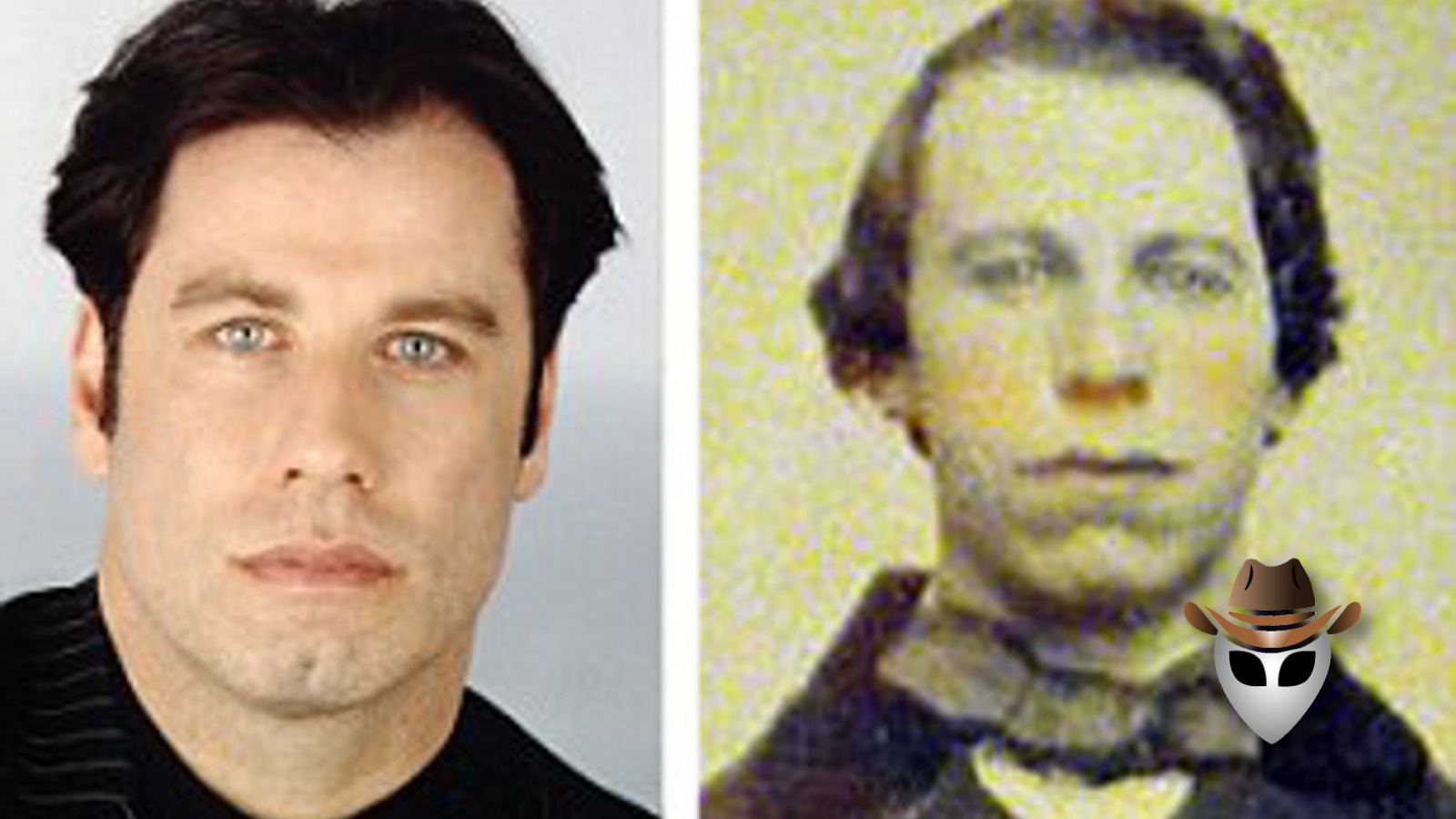The concept of doppelgängers, or an exact double of a person, has fascinated and terrified humanity for centuries. From folklore to modern psychology, the idea of encountering one’s own duplicate has been explored in various contexts. Throughout history, doppelgängers have been a prominent theme in various cultures. In ancient Egyptian mythology, the concept of a “ka” represented a spiritual double that followed a person throughout life. Similarly, Norse mythology featured “vardøger,” ghostly beings that preceded a person’s actions, creating the illusion of a double. These cultural tales often portrayed doppelgängers as omens of bad luck or death, contributing to their eerie reputation.
Literary works have also popularized the notion of doppelgängers. Johann Wolfgang von Goethe’s Faust and Edgar Allan Poe’s William Wilson are classic examples where characters encounter their doubles, leading to dramatic and often disastrous consequences. These stories underscore the psychological and existential dilemmas posed by the existence of a double, fueling both intrigue and fear.
Evidence in Favor of Doppelgängers
Numerous anecdotal accounts claim encounters with doppelgängers. People report seeing someone identical to themselves or experiencing moments where others claim to have seen them in places they have never been. Such stories, while captivating, are often difficult to verify scientifically. These personal testimonies, however, contribute to the enduring mystery and fascination surrounding doppelgängers.
One famous case is that of Emilie Sagée, a 19th-century French teacher whose doppelgänger was reportedly seen by her students and colleagues. Witnesses claimed that the double mimicked her actions and appeared simultaneously in different locations. While intriguing, these accounts lack empirical evidence and are often dismissed as folklore or psychological phenomena.
Evidence Against Doppelgängers
Skeptics argue that doppelgängers are nothing more than the product of folklore, psychological anomalies, and coincidence. They emphasize the lack of empirical evidence supporting the existence of supernatural doubles and attribute sightings to cognitive biases and social influences.
The role of cultural narratives in shaping perceptions cannot be underestimated. Stories of doppelgängers often follow similar themes and patterns, suggesting that they are influenced by societal fears and superstitions rather than factual occurrences. The human propensity to seek explanations for the unknown and to personify abstract fears into tangible forms likely fuels the enduring belief in doppelgängers.
Modern psychology offers insights into the doppelgänger phenomenon through the lens of cognitive biases and memory errors. Capgras Syndrome, a psychiatric disorder where a person believes that an impostor has replaced a familiar person, illustrates how the mind can create convincing but false perceptions. While not identical to doppelgängers, it showcases how powerful and deceptive the human mind can be.
Additionally, advancements in genetics and facial recognition technology reveal that unrelated individuals can share strikingly similar features. This genetic coincidence can lead to real-life doppelgänger encounters, though they are far from supernatural in nature. Websites and social media platforms dedicated to finding one’s look-alike demonstrate that such resemblances, while rare, do occur.
From a scientific perspective, the concept of doppelgängers can be explained through various psychological and neurological theories. One explanation is the phenomenon of “bilocation,” where a person is perceived to be in two places at once. This can be attributed to hallucinations, memory distortions, or intense stress causing the brain to create vivid, but false, images.
Pareidolia, the tendency to perceive familiar patterns in random stimuli, can also account for doppelgänger sightings. The brain’s propensity to recognize faces in everyday objects or among crowds may lead to the mistaken belief in encountering one’s exact double.
The mystery of doppelgängers straddles the line between myth and reality, captivating human imagination for centuries. While cultural and anecdotal evidence paints a vivid picture of encounters with doubles, scientific explanations provide a more grounded perspective. Whether seen as harbingers of doom or mere psychological phenomena, doppelgängers remain an intriguing aspect of human experience, reflecting our deepest fears and curiosities about identity and existence.
Share Your Thoughts!
Have you encountered your own doppelgänger? Do you believe in their existence? Share your thoughts in the comments below!
